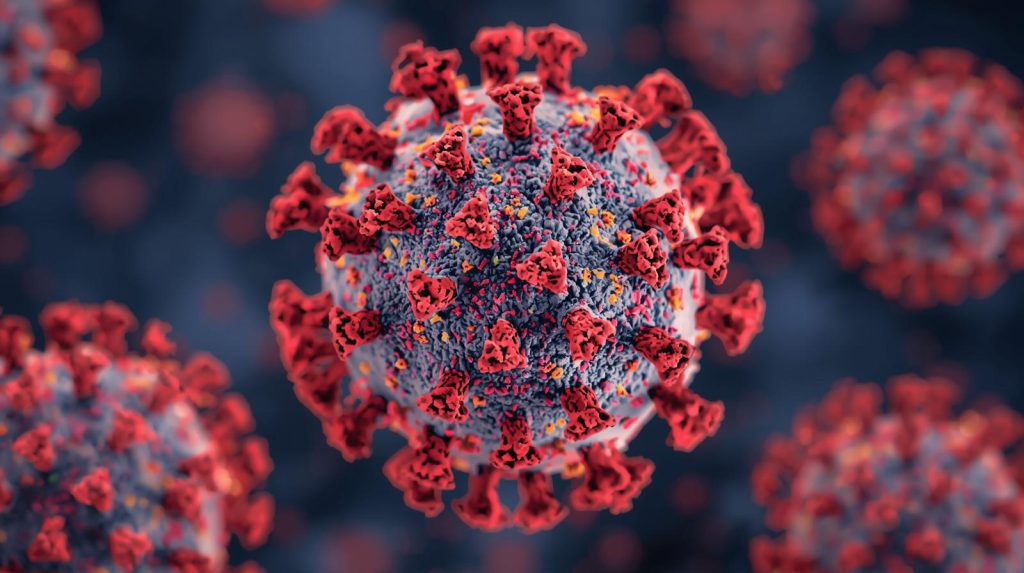Epstein-Barr virus (EBV), a member of the herpesvirus family, infects more than 90% of the world’s population and is linked to a wide range of diseases—from infectious mononucleosis to several cancers, including nasopharyngeal carcinoma, gastric cancer, and certain lymphomas. Among EBV’s arsenal of viral proteins, Epstein-Barr nuclear antigen 1 (EBNA1) plays a crucial role in maintaining viral DNA within host cells. But new findings reveal EBNA1’s influence may extend far beyond viral persistence.
In a recent study, researchers investigated how EBNA1 affects gene expression in HeLa cells, a widely used human cervical cancer cell line. Their experiments showed that EBNA1 significantly upregulates two host genes—Derlin1 and PSMD10—both of which are implicated in cancer progression.
Viral Manipulation of Host Genes
Derlin1, a protein involved in endoplasmic reticulum stress responses, is often elevated in tumors and associated with resistance to apoptosis (programmed cell death). PSMD10, also known as gankyrin, is linked to cell cycle regulation and has oncogenic properties. The study found that EBNA1 expression boosted the levels of both genes, suggesting a direct viral contribution to cancer-like behaviors in infected cells.
Implications for Cancer Research
These findings provide new insights into how EBV manipulates host cell machinery to favor survival and proliferation. By activating pathways associated with cell stress, protein degradation, and oncogenic signaling, EBNA1 may contribute to the cellular changes that promote tumor growth.
The work underscores EBNA1’s dual role: not only maintaining EBV’s persistence within cells but also potentially driving cancer-related gene expression. This makes EBNA1 a promising target for future therapeutic strategies in EBV-associated malignancies.
A Step Toward Targeted Therapies
Understanding how EBNA1 regulates genes like Derlin1 and PSMD10 could help researchers develop novel antiviral or anticancer interventions. Targeting EBNA1’s interactions with host genes may open new paths to treating EBV-linked cancers, which remain difficult to manage with conventional therapies.
As EBV-related cancers continue to pose major global health challenges, studies like this shed light on the molecular dialogue between virus and host, bringing us closer to targeted, more effective treatments.
Reference
Alipour, A. H., Hashemi, S. M. A., Gharahkhani, F., Katanchi, A., Farhadi, A., & Sarvari, J. (2025). Epstein-Barr virus nuclear antigen 1 upregulates Derlin1 and PSMD10 expression in HeLa cells. Genes & Cancer, 16, 26. 10.18632/genesandcancer.242







